Is this a spider plant or something else?
tripleione
11 years ago
Related Stories
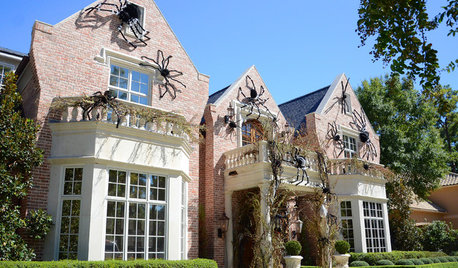
FUN HOUZZSurvey Says: We’re Scared of Being Home Alone — and Spiders
A new Houzz survey reveals that most of us get spooked in an empty house. Find out what’s causing the heebie-jeebies
Full Story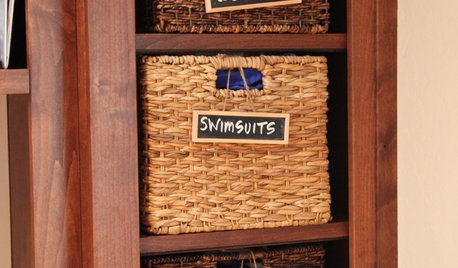
ORGANIZINGSomething Wicker This Way Comes
Store your stuff neatly and easily in any room with stylish, versatile baskets
Full Story
WALL TREATMENTSHouzz Call: Show Us Your Feature Wall
Have you used bold paint, reclaimed wood, living plants or something else to jazz up a wall in your home? We want to see it
Full Story
DIY PROJECTSNeat Little Project: Make a Basic Wood Stand
See how to make this handy table to hold your book, coffee or plant — then use the skills you learn to build something else later
Full Story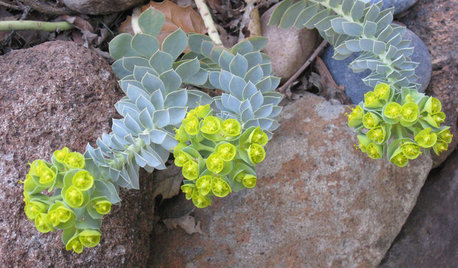
BLUE AND GRAY FOLIAGEGreat Design Plant: Donkey Spurge
Yes, there's the awful name, plus the sap issue. But this plant's foliage and flowers bring something special to Eastern U.S. gardens
Full Story
HOUSEPLANTS10 Top Plants to Grow Indoors
Brighten a room and clean the air with a houseplant that cascades artfully, stretches toward the ceiling or looks great on a wall
Full Story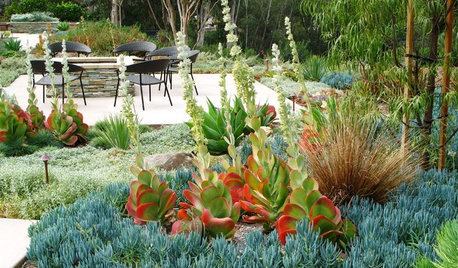
GARDENING GUIDESGreat Design Plant: Paddle Plant
If you're looking for awesomely strange foliage and low care requirements, this succulent is right up your alley
Full Story
NATIVE PLANTSGreat Native Plant: Grow Wild Quinine for Its Unique Clusters of Blooms
Get connoisseur cred and unique blooms with this uncommon plant. Bonus assets: It’s low maintenance and drought tolerant
Full Story
GARDENING FOR BUTTERFLIES3 Ways Native Plants Make Gardening So Much Better
You probably know about the lower maintenance. But native plants' other benefits go far beyond a little less watering and weeding
Full StorySponsored
Most Skilled Home Improvement Specialists in Franklin County
More Discussions






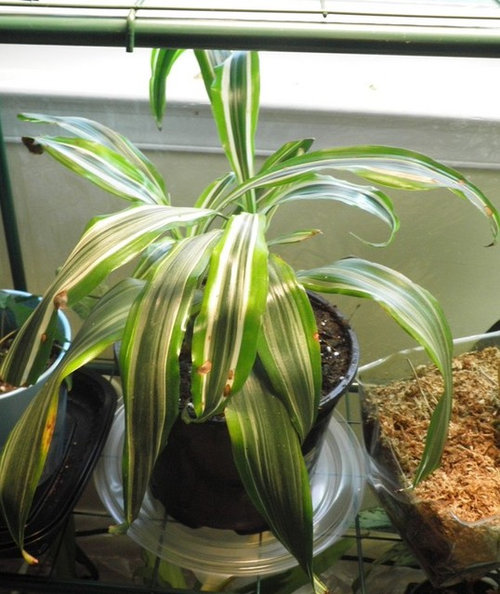




tripleioneOriginal Author
tripleioneOriginal Author
Related Professionals
Baltimore Landscape Architects & Landscape Designers · Marina Landscape Architects & Landscape Designers · Signal Hill Landscape Architects & Landscape Designers · Harvey Landscape Architects & Landscape Designers · Wakefield Landscape Contractors · Ashburn Landscape Contractors · Crystal Landscape Contractors · Cupertino Landscape Contractors · Middletown Landscape Contractors · Milford Mill Landscape Contractors · Mount Sinai Landscape Contractors · Salmon Creek Landscape Contractors · Tewksbury Landscape Contractors · Channahon Handyman · Chantilly Handymanelkay_gw
tripleioneOriginal Author
tripleioneOriginal Author
rhizo_1 (North AL) zone 7
Tiffany, purpleinopp Z8b Opp, AL
houseplantlover86
tripleioneOriginal Author
Tiffany, purpleinopp Z8b Opp, AL
tripleioneOriginal Author
teengardener1888
flora_uk